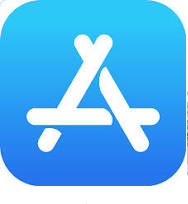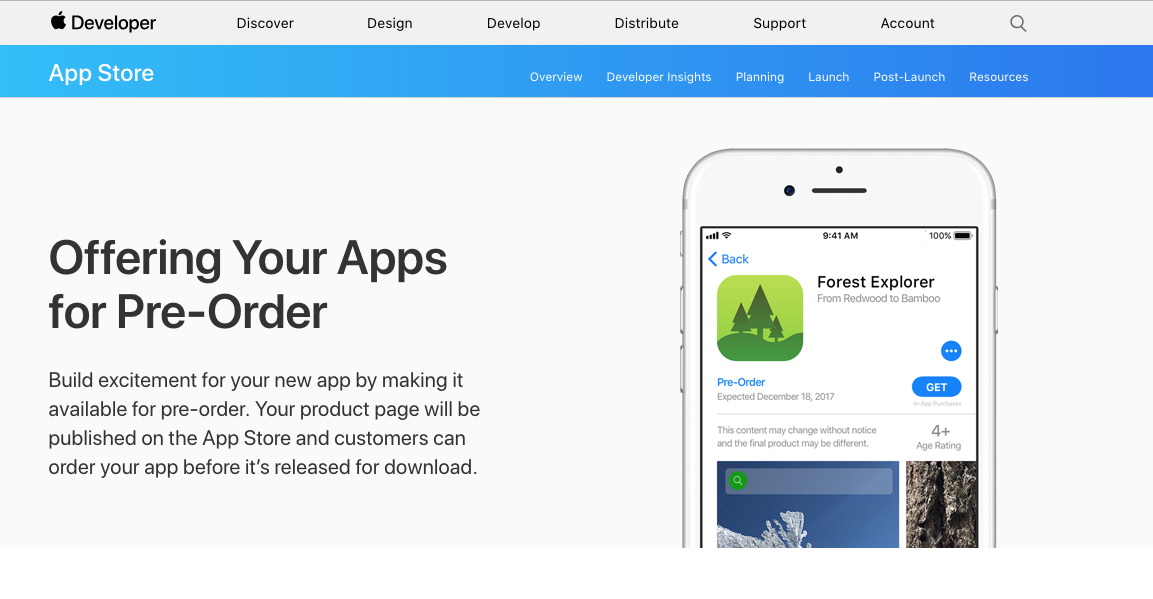 Your product description is arguably the most difficult of all of the product page assets to put together. It’s no wonder than that most app publishers only bother to write one or two sentences in this field when they usually have up to 4,000 characters. Writing about your product can be a challenge, especially when you’re faced with a blank page and you’re more inclined to write code than marketing copy. Luckily, we’ve created a formula which can help you create an effective product description which is aimed to sell your app and gain the download.
Your product description is arguably the most difficult of all of the product page assets to put together. It’s no wonder than that most app publishers only bother to write one or two sentences in this field when they usually have up to 4,000 characters. Writing about your product can be a challenge, especially when you’re faced with a blank page and you’re more inclined to write code than marketing copy. Luckily, we’ve created a formula which can help you create an effective product description which is aimed to sell your app and gain the download.
Start with your search terms
Before we break down the formula, the first thing you’ll want to do is refer back to the list of search terms that you created when considering a name for your app (App Store Optimisation # 2 – What’s in a name? Everything!) Your product description is a great place to use any or all of these search terms, as long as they make sense within the copy. This will help ensure that your product description not only provides an effective explanation to potential downloaders on why they should download your app, but your product description will also be working to attract traffic to this page through these search terms.
Use all available characters
It is important to maximise all available characters in the product description. Additionally, you should make use of features such as embedding video. Investing in a YouTube video to demo your app, or getting a video review site to review your app and using this in your description, are some great ways to use the free tools that app stores are providing you.
Five elements for a great product description
So what makes up a great product description? It all comes down to five key elements:
The elevator pitch.
The pricing statement.
Reviews or user feedback; or the News section.
Features and functions.
The sales pitch.
The elevator pitch is a short, succinct description of your app that answers these questions:
What is your app?
What does it do?
Why should I care?
Why are you different?
We call this the elevator pitch because you should be able to articulate this in a few sentences, two or three sentences at the most. Readers should be able to get a clear picture of what your app is all about and most importantly, why they should download it from this statement. If this was the only thing they were able to read about your app, it should compel them to download it. This is why your product description will start with this statement.
The pricing statement articulates the costs associated with the app. If it is free then state this – even if it is also obvious from the pricing label in the app store. This area becomes increasingly important when your app is using a freemium model. In this way, you’ll be setting expectation for the user that your app is free to download but that there are premium areas offered inside they need to be aware of. By clarifying the pricing upfront, you’ll reduce the number of downloads which will result in customer complaints.
The review or news area is a great spot in the product description to pull out a comment or rating from users, app store review sites, or even chart success from the app store. This area helps balance out the marketing copy you are creating as the app owner, with feedback from credible and more social resources that potential downloaders will listen to as part of that community.
The features and functions section is an obvious addition to the product description. In this area, we suggest that you list out the main features of your app. Using an actual ordered list will make it easy to read in the product description. Here, you’ll want to focus on the core elements of your app and highlight those that make your app differentiated in the market. As you grow your product roadmap, you’ll want to keep this list updated in your description.
Finally, the sales pitch is the last statement in your description. This statement should echo again the reason why users should download your app. It‘s also an area to market your website, social networks, videos, and any other apps that you want to include as part of your brand or product offering.
One last tip to remember once you have your product description up and live in the app store is that your product description should not remain static. You should revisit your product description with every product update to make sure that your copy reflects new features. In addition, any news or new ratings, reviews or successes should be celebrated here.
Good luck!

 Your product description is arguably the most difficult of all of the product page assets to put together. It’s no wonder than that most app publishers only bother to write one or two sentences in this field when they usually have up to 4,000 characters. Writing about your product can be a challenge, especially when you’re faced with a blank page and you’re more inclined to write code than marketing copy. Luckily, we’ve created a formula which can help you create an effective product description which is aimed to sell your app and gain the download.
Your product description is arguably the most difficult of all of the product page assets to put together. It’s no wonder than that most app publishers only bother to write one or two sentences in this field when they usually have up to 4,000 characters. Writing about your product can be a challenge, especially when you’re faced with a blank page and you’re more inclined to write code than marketing copy. Luckily, we’ve created a formula which can help you create an effective product description which is aimed to sell your app and gain the download.